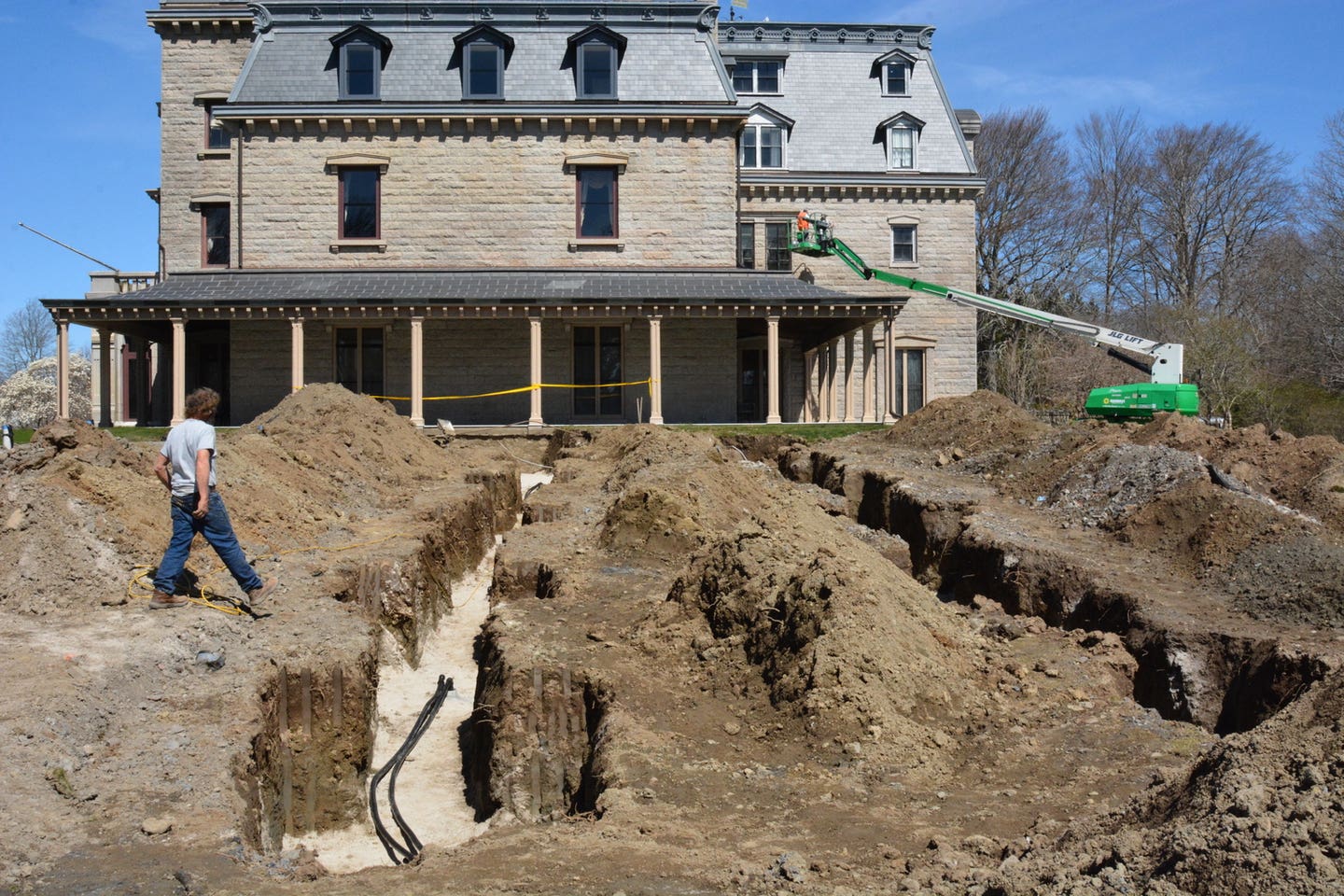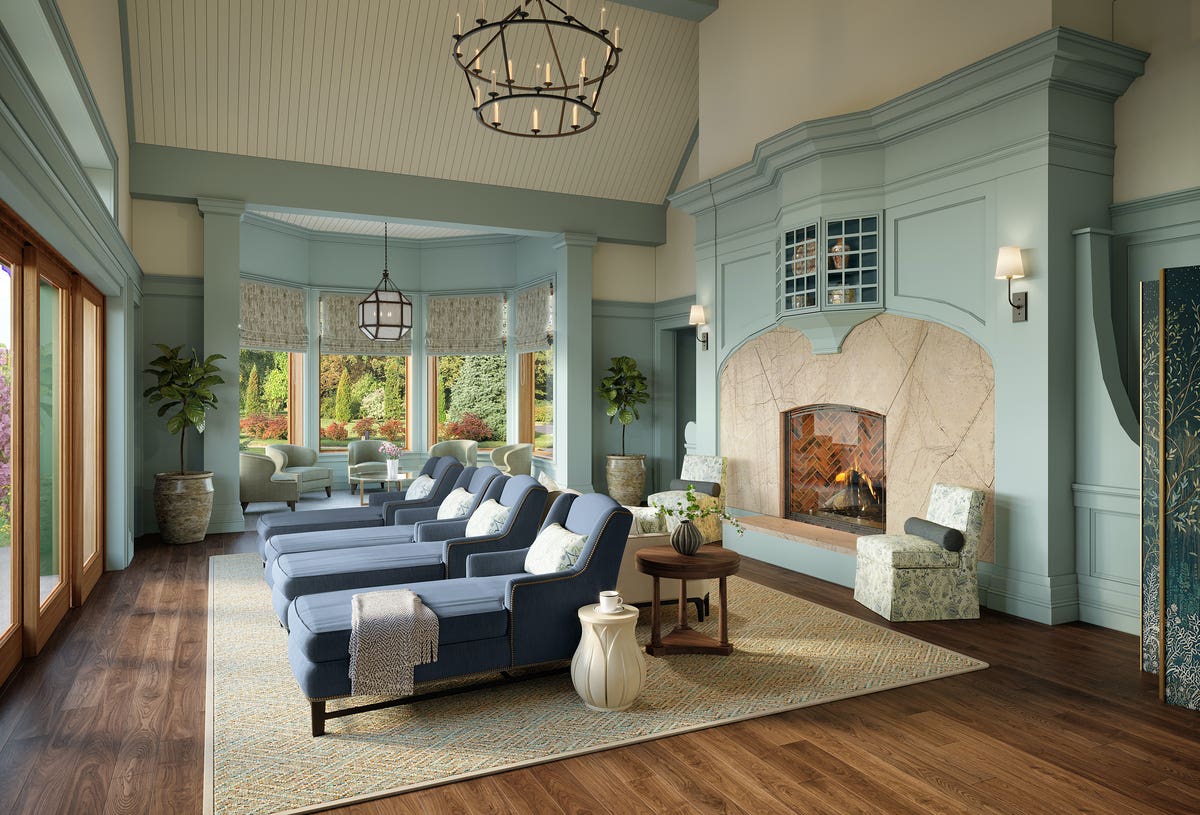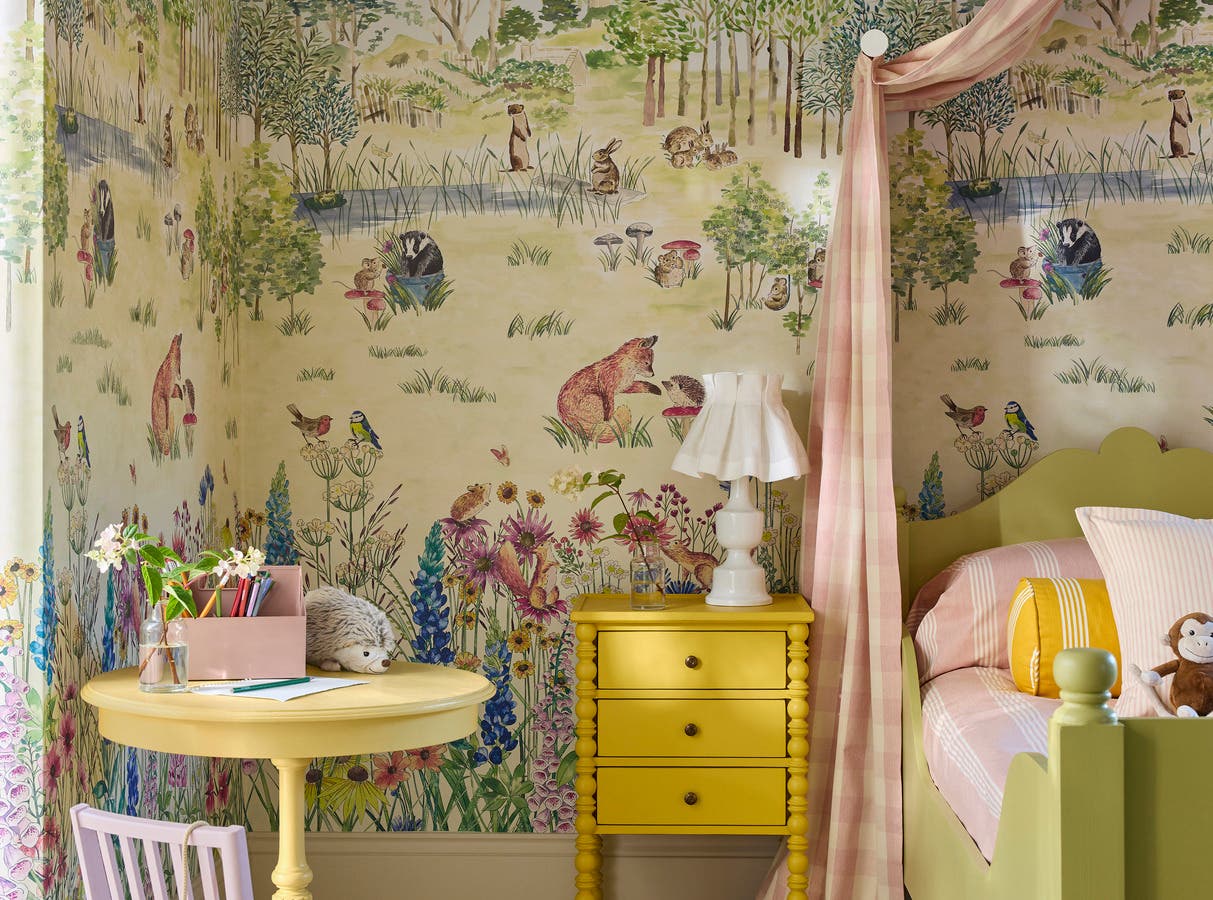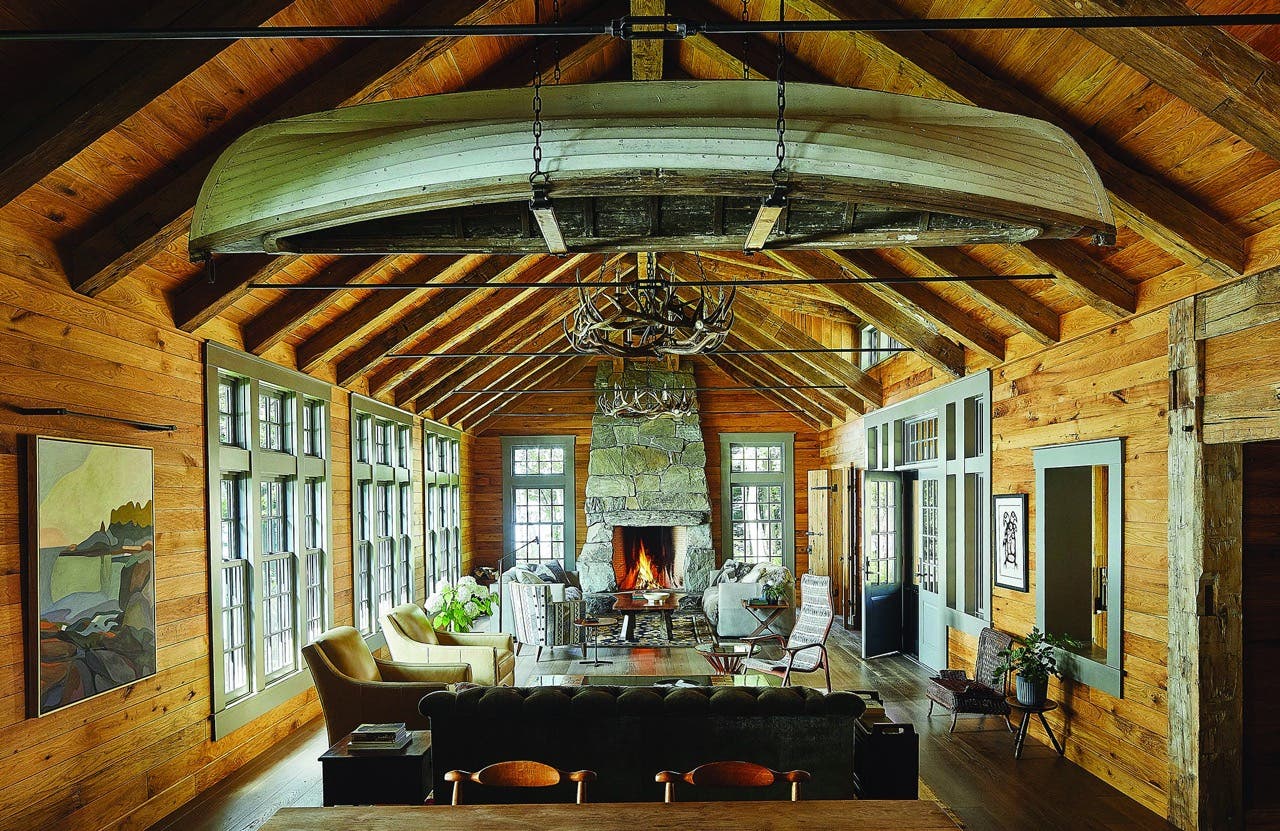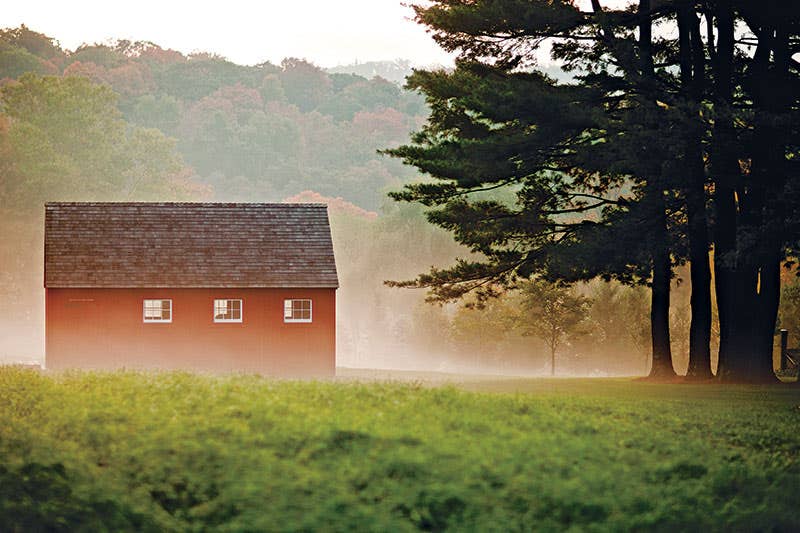
Period Architecture Topics
The Allure of The Gentleman’s Farm
Focusing on natural and organic maintenance practices, the "gentleman's farm" has been regaining popularity. Period Homes Editor Nancy Berry sits down with Janice Parker of Janice Parker Landscape Architects to discuss the intricacies of designing these sustainable, eco-friendly landscapes.Interview by Nancy E. Berry
Photos by Neil Landino

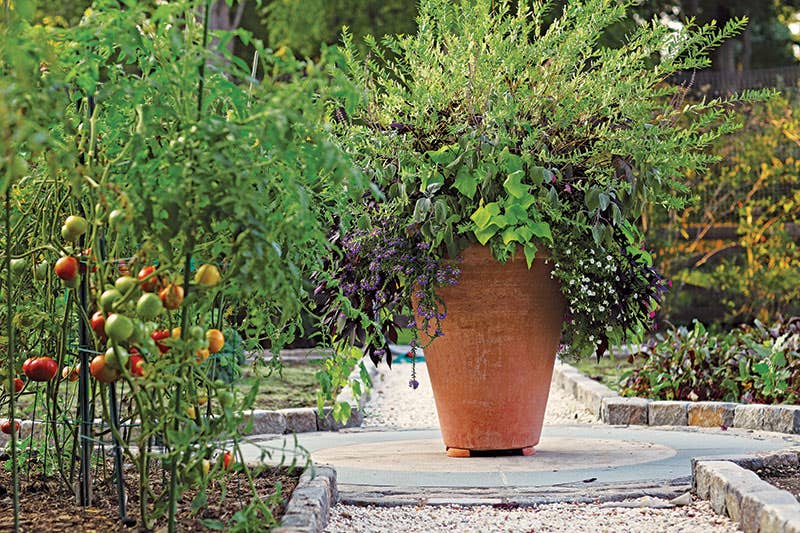
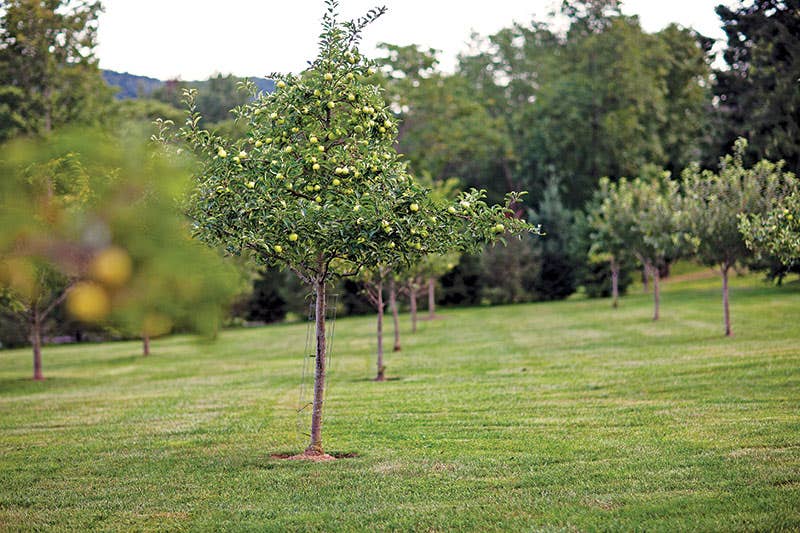

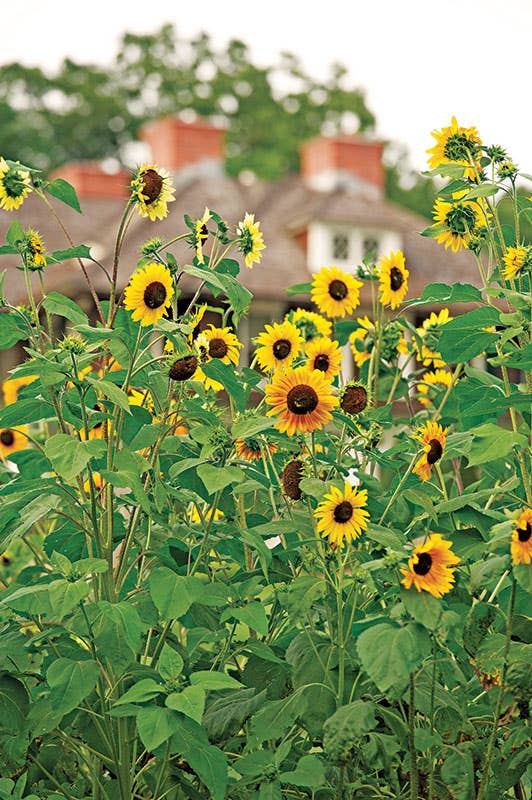
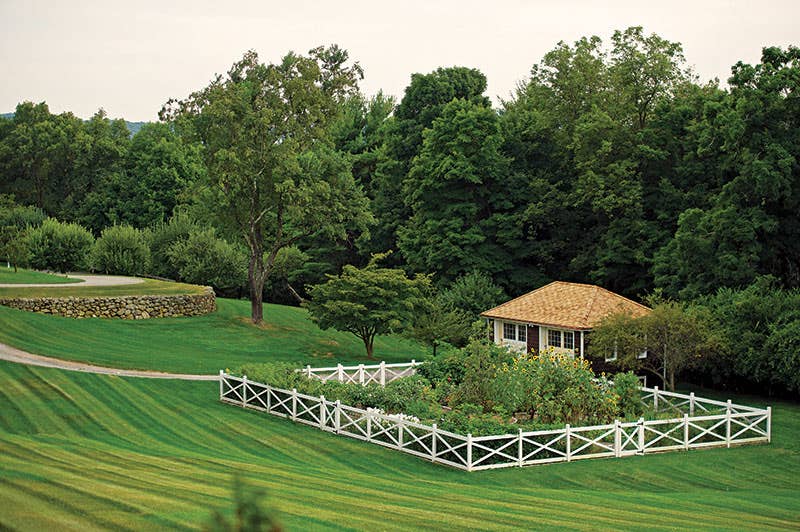

Nancy Berry: Why is the concept of the gentleman’s farm trending today?
Janice Parker: There is a large grassroots understanding of how important it is to change the course of agribusiness and how important it is to resist the urge to change the natural course of things.
Gentleman’s farms are a way for environmentally conscious individuals with a strong respect for the land to explore sustainable methods of farming. Focusing on natural and organic maintenance practices, protecting the landscape from deer, and rebuilding natural habitats for native wildlife restores the land and creates an area of preservation to be enjoyed by future generations.
NB: What are some important aspects you take into consideration when creating these rolling landscapes?
JP: One thing I have learned about land in 30 years is this: The strength of the land is its weakness, and the weakness of the land is its strength. I have observed that historical farmers “shaping” of the land was pragmatic, yet often resulted in a disciplined beauty. Our design intent is to honor that ideal and use graceful arcs and well-proportioned axial connections to create a blend of the indoor spaces and the larger outdoors—with a focused simplicity. After careful consideration of the client’s intentions I like to use form and color liberally to create a pattern throughout the landscape, and then repeat the patterns in large and small ways. This can be done with plants, stone, water, metals, and wood—all natural landscape materials.
A walk through the landscape should be planned as a beautiful series of surprises that connect the whole—for rolling landscapes, it is especially important to include wildlife corridors that restore natural migration paths, and nesting areas. When this is working, you know the design intent was to make the landscape dance with true visual rhythm.
NB: What are some of the greatest challenges in maintaining these landscapes?
JP: The Gentleman’s farm is a long-term investment and requires the client to have a sincere desire to understand and nurture the land. These landscapes are not a low maintenance project and require the client and designer to fully understand and build with the land and long-term maintenance goals in mind.
NB: What are some ways that you maintain these properties sustainably?
JP: Planning enduring landscapes is about creating beauty within the natural constraints of the site. This is done by having respect for the natural world. I have learned that if you respect and pay attention to the natural world, it will repay you in bountiful ways. Give nature respect and a chance to repair itself, and you have remarkable results.
We are constantly learning and examining new approaches to storm water management and drainage—both are key factors in the success of every project. Keeping water on the site in as many ways as possible is the goal and creates true sustainability. Best management practices for storm water management and drainage are being updated and then adapted to most town building and environmental codes, and rules and regulations. It is crucial for landscape architects to stay educated and aware of all environmental concerns, for long-term success and short term permitting processes.
How important is the idea of organic gardening to your clients?
JP: It is a serious responsibility to create with nature, and plan with organic and sustainable maintenance in mind, but one that becomes intuitive with true respect. Sustainable means the capacity to endure and we all want that—in our natural and built environments. Whether we are working on new homes, pools or renovations, the goal is to make the right choices, both aesthetically and functionally. This is why in all aspects of our design we work with nature to create an enhanced landscape that has true value for our client’s intimate domestic lives as well as for the environment. It is a balancing act, and we very carefully consider the long and short-term impacts of our design and the maintenance on the environment.
Do your clients end up digging in the dirt—working in their own vegetable gardens and fields?
JP:At times they do, but it depends on the client and their specific tastes. That being said, nobody can resist gathering fresh herbs for their evening meal or clipping some mint for their cocktails. My clients take great joy and pride in the vegetables that their gardens produce— especially their tomatoes!



